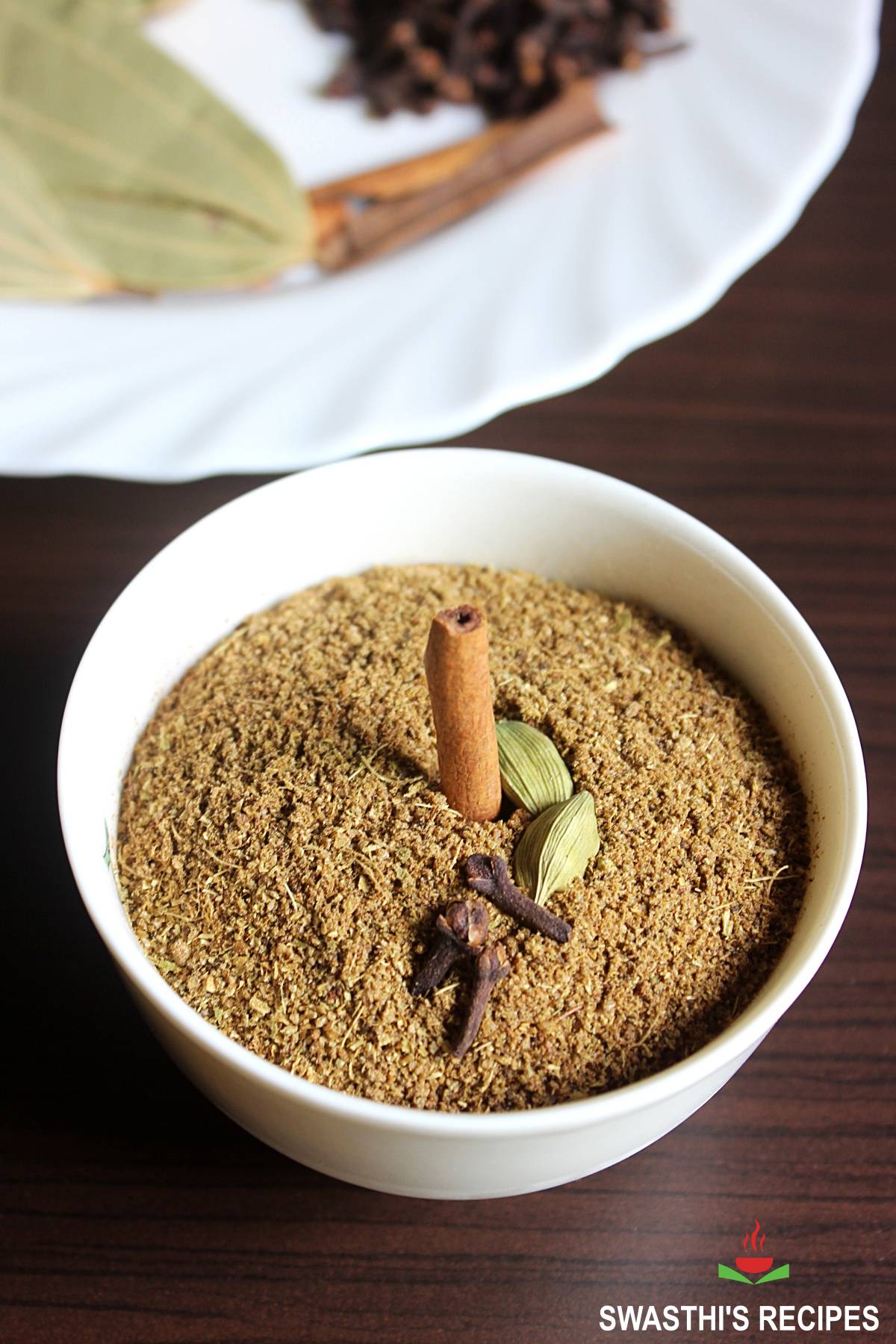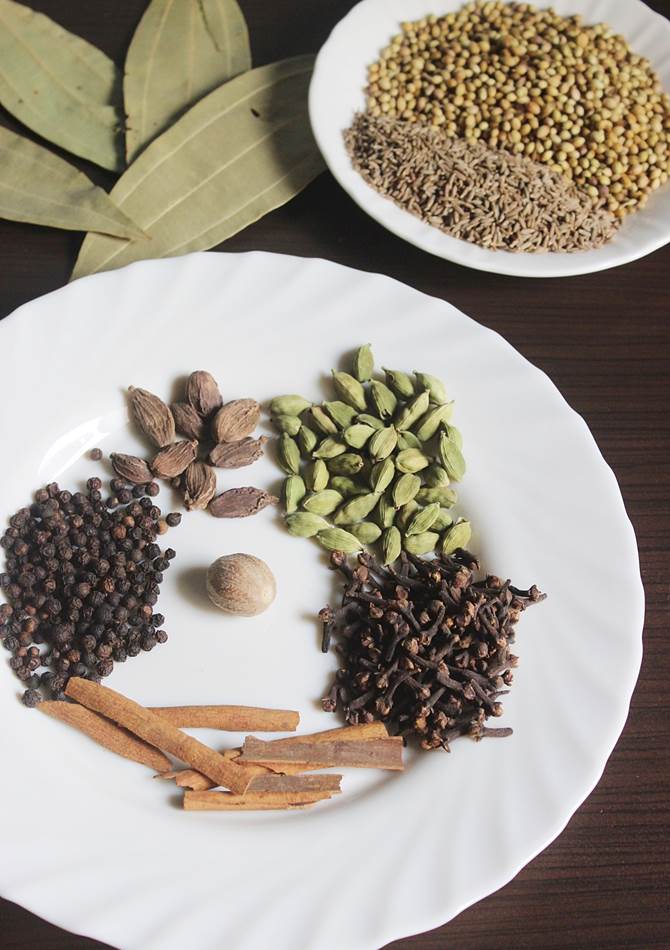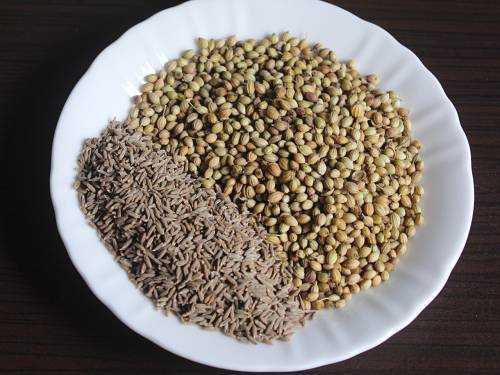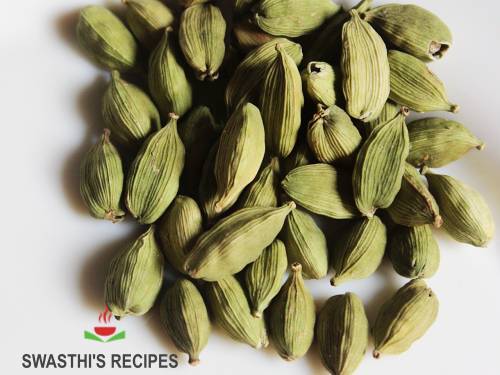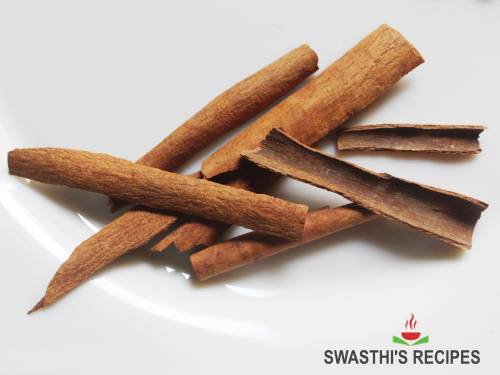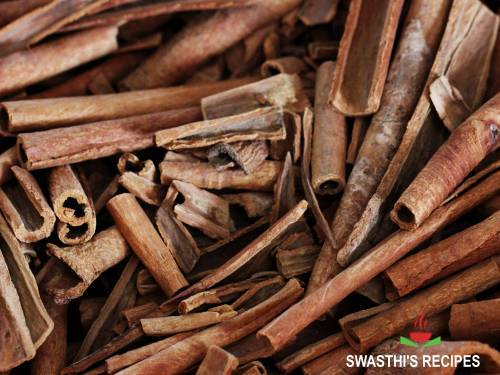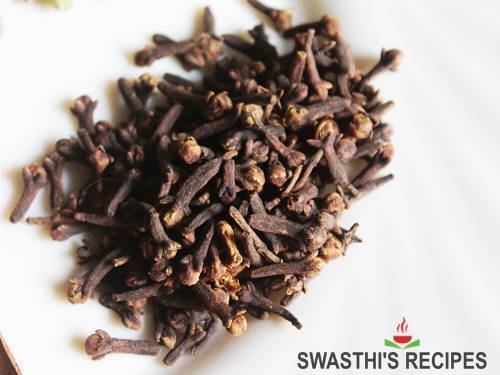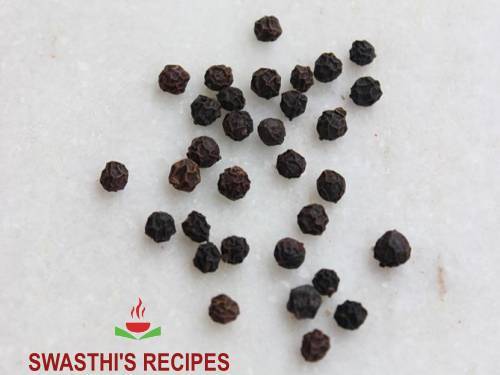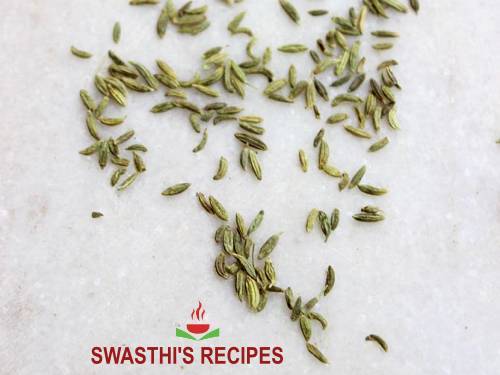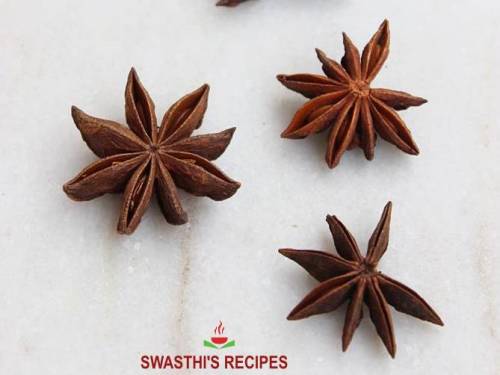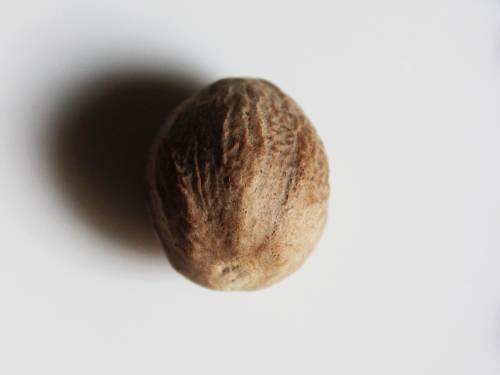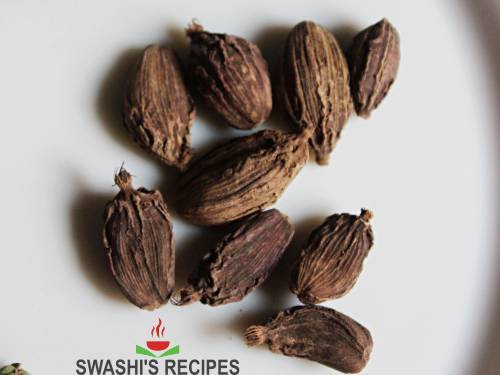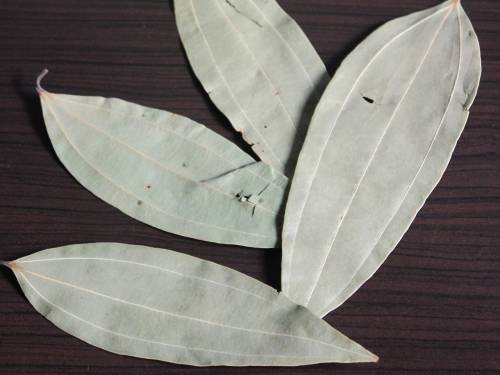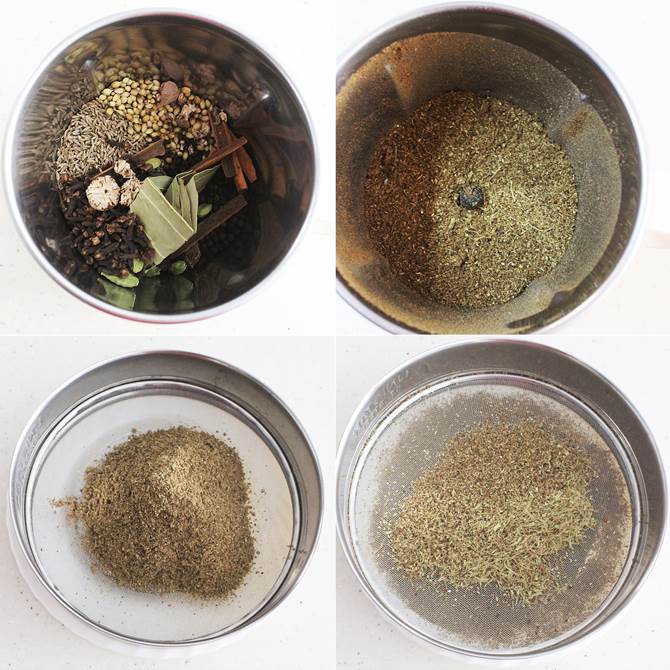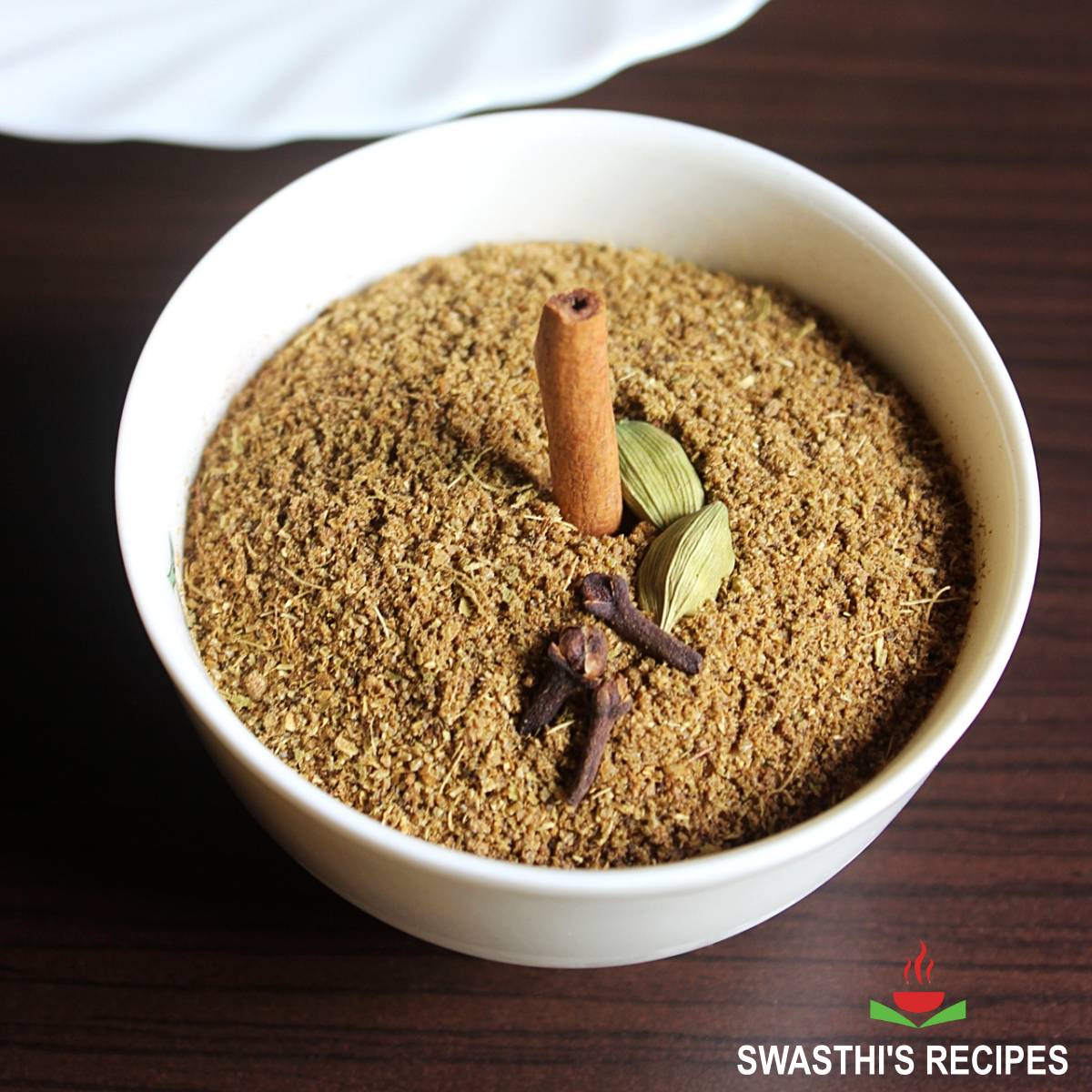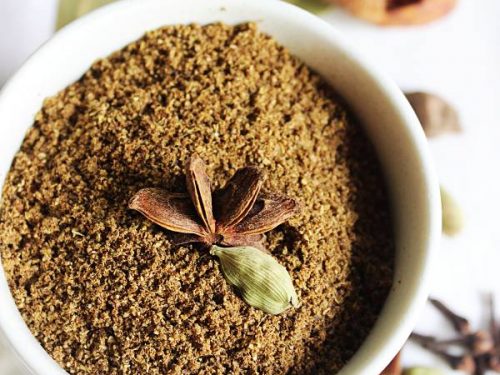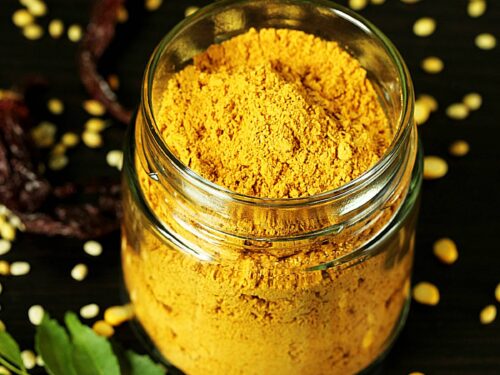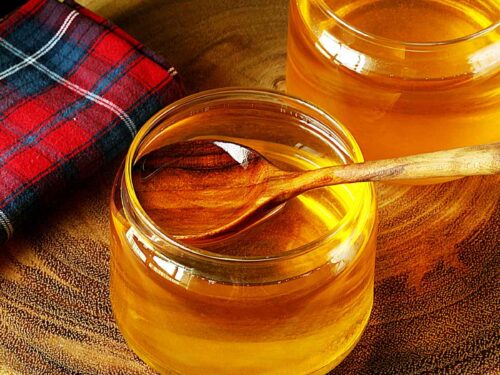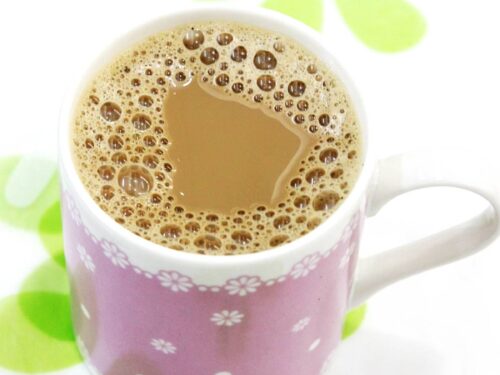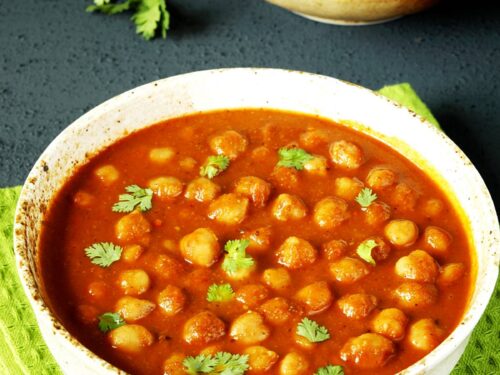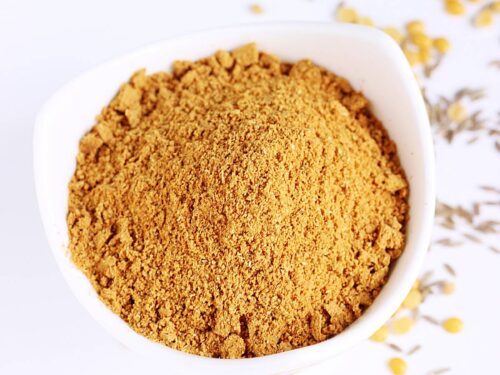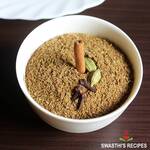Supermarket shelves are loaded with so many kinds of garam masala and unfortunately most of them lack the real thing – that’s the aroma! I have never come across anything like the homemade for the simple reason that ground spices oxidize and lose their flavor overtime. Also there is never a balance of spice, pungent, sweet and bitter tastes & flavors. With homemade garam masala, we have the option to blend the spices in small batches and store them well so they remain much more fragrant for longer. Also it is easily customizable to balance all the flavors & tastes.
What Is Garam Masala?
The term ‘garam’ in Hindi means ‘warm’ or hot and ‘masala’ means a ‘spice mix’. Garam masala translates to a blend of warming spices. It’s a magic blend that provides warmth to the body, thereby detoxifying and balancing the whole body system. Ayurveda wisdom taught our ancestors that proper incorporation of spices into our diet can preserve the overall well-being by balancing the body, mind and spirit. So spices have been an integral part of traditional Indian cooking for centuries. But using spices appropriately is the key. In this post along with the grama masala recipe, I share with you how to use spices the right way to suit your taste and body conditions. In India, every home has a different recipe to make garam masala depending on the regions, food habits and personal taste. This Punjabi garam masala is super flavorful and goes so well to make any vegetarian and Non-vegetarian Indian dishes from both South Indian and North Indian Cuisines. Adding even a little of this garama masala to your everyday dishes makes a huge difference. It totally enhances the flavors, taste and brings so much life to your dishes. Hera are some popular Indian Recipes using garam masala,Chana masalaAloo gobiButter chickenChicken curry Do read the complete post on how to clean spices and make garam masala powder.
Pro Tips To Make Garam Masala
Cleaning the spices thoroughly is very important for hygienic reasons even if you are using organic spices. In fact organic spices are more prone to infestations & are not chemically treated or at least minimally treated to meet the organic food standards. Cleaning also increases the shelf life of your garam masala.Roasting the spices or sun drying them brings out the aroma of the essential oils in the spices. Always roast them on a very low heat so they retain the flavours.Choosing the right combination and amount of spices to suit your body and taste is very important. Improper combination or using a lot of pungent spices in your spice blend can be bad for digestion in the long run and can also cause dehydration.The recipe shared here will give you a well-balanced garam masala that is flavorsome. It is not too pungent and not acidic. However you are free to make some tweaks when you want a particular spice to shine in more in a dish. Example: Add more ground cumin, ground cardamoms or ground fennel depending on the recipe.There are 2 sets of spices used in the recipe. The first one forms the base of the spice powder and is just good to use even without the second set.The second set has optional ingredients and I have mentioned in the recipe card why they are used. I use both the sets. But you can choose any or all depending on the availability or preference or body type.
Know Your Spices
The picture below helps you to identify the spices that I use in this garam masala powder recipe. I have also described below why each of this spice is used, what kind of flavor it imparts to the food and the effect of that spice on our body. Coriander seeds form the base of any garam masala. They add volume/body to your dishes. They have a mild sweet aroma and citrusy flavour so it helps to cut down and balance the pungency of other spices. These seeds helps in digestion by strengthening the digestive fire, avoids flatulence, bloating and calms down acidity. Coriander seeds also help to balance Pitta dosha in the body. Cumin seeds are a great digestive and detoxifying aid. They help to get rid of toxins from the body. Cumin also imparts a good earthy and pungent aroma to the garam masala. Green Cardamoms apart from adding a sweet floral scent to the foods, they also help in indigestion, improve appetite and balances all kinds of doshas (disturbances in body), if used in moderation. For this recipe you can use the whole pods as the peels have some amount of flavour as well. If you want you may peel and use only the black seeds. Cinnamon comes in 2 varieties – Real or Ceylon cinnamon and cassia. In India, cassia is widely used. Cassia is best used whole for flavouring curries or stews. But ground cassia may be bad for health if consumed in larger quantities due to coumarin, a toxic compound. So use Ceylon cinnamon for this recipe. Please use google search for more info on Cassia Vs Ceylon Cinnamon. If using cassia you may need lesser in this recipe. I will update this soon. Below I have a picture of how cassis looks. The barks are really thicker than the Ceylon cinnamon. Cloves help in metabolism and is a warming spice. It can flush out toxins from the body and are dangerous if consumed in excess. If you have acidity, stomach ulcers or dehydration, stay away from them. Please check the recipe notes. Black pepper are used to impart smoky flavour and pungent taste. Apart from cloves, black pepper also provide heat to your garam masala.
Optional Spices
Fennel seeds also known as saunf is an optional ingredient. Apart from being aromatic these tiny seeds also balance the heat and pungent flavors from the other spices. These have a mildly sweet flavour and aids digestion and is a cooling spice. Star Anise also known as biryani flower is a spice that totally elevates the flavor of your garam masala. It adds sweet tones without making your food sweet. It also avoids indigestion and is great to use especially in heavy dishes. Mace is known as javithri. Using 3 strands of mace in this recipe makes the spice powder a bit stronger in aroma. It’s a matter of choice. Mace is a flower with several strands/ blades or petals. You will need to use only 3 strands. Nutmeg is the magic seed spice that adds wonderful sweet and delicate aroma. It is believed that this spice can calm down the nervous system and improve blood circulation. Black cardamom also known as Badi elaichi or masala elaichi is one spice which is not used by many people in ground spice mix. A lot of people love using it whole in the tempering. It is very pungent, strong and has a unique smoky aroma. You may avoid it if you do not like the strong flavours. Bay leaf is known as Tej patta, meaning pungent leaf. The leaves that are used in Indian cooking are the Indian variety and are different from the European bay leaf which are from the Laurel tree. Here is the picture For more spice powders, you can checkBiryani masalaSambar masala powderKorma masalaChai masalaRasam powderPav bhaji masala
How To Clean Spices
- Stones and debris have to be picked from all the spices first.2. We generally crush few coriander seeds to check if there are worms inside. Yes many a times we can find them even if picked up from the best stores.3. Break open the nutmeg and check for worms. Sometimes, nutmeg turns hallow inside after being eaten up by the worms
- For hygiene purpose cinnamon has to be cleaned. It could have a kind of larvae, fungi or infestations in the inner parts. While growing they form into curls (swirls) with several layers. Break open the quills and wipe off with a dry or damp cloth.
- Bay leaf too could have deposits of mud or larvae behind the leaves. wipe off with dry or damp cloth or kitchen tissues.
How To Make Garam Masala (Stepwise Photos)
1.Clean up all the spices as mentioned above.2. On a very heat, dry roast the spices one after the other in a heavy bottom pan until aromatic but not brown. Transfer to a wide plate and cool them. Alternately you can also spread the spices on a tray and cover with a clean muslin cloth and sundry for a day, preferably in the hot sun.
In Oven: Spread the spices on a clean baking tray and place it in the oven. Place the tray in the middle rack and turn on the oven with the temperature set to lowest. Roast until the spices become aromatic. In my oven it is 40 C (100 to 105 F). 3. Cool them thoroughly. 4.Add all your spices to a spice jar and make a fine powder. Sieve and then powder the coarse particles again. Repeat the sieve and then set your coarse particles aside to mix in your tea powder.5.Store garam masala in an airtight glass jar.
How To Blend Spices Quickly
Tip: May be this is not the right way to blend a spice mix but I love this method to speed up the process. Dry roast the spices and cool them. Chill them in the freezer for 1 to 2 hours. Transfer them to the grinder jar and powder it. You will be surprised at how fast the powder gets done. The color of the garam masala powder could slightly vary depending on the kind and quality of spices used. This is the sieved powder made from 2 batches.
How To Use Garam Masala
AS I mentioned, even a pinch of this makes any food flavorful. But if you are using to make any spicy curries, biryanis, veg curries, paneer recipes or meat curries, then ½ to ¾ tsp of this with an equal amount of coriander powder goes right for a 3 to 4 serving dish. You can also increase the quantity of coriander seeds in this recipe by another ¼ to ½ cup & skip adding it separately.
When To Add Garam Masala?
It depends on the dish you are preparing. It is good to follow the recipe instructions of the particular dish. In Indian cooking usually garam masala is added at one of the 2 stages of cooking. Sometimes it is added twice. A lot of recipes call for adding it along with red chilli powder when you make the curry base. This way the whole dish is simmered along with the garam masala so it imparts delicious flavors. The other way is to add it just before finishing off with the cooking. We just sprinkle it, mix and turn off the stove. We usually do this for stir fry dishes or in recipes where garam masala is used twice.
Faqs
Related Recipes
Recipe Card
This Garam masala recipe post was first published in July 2014. Updated and republished in January 2022.
